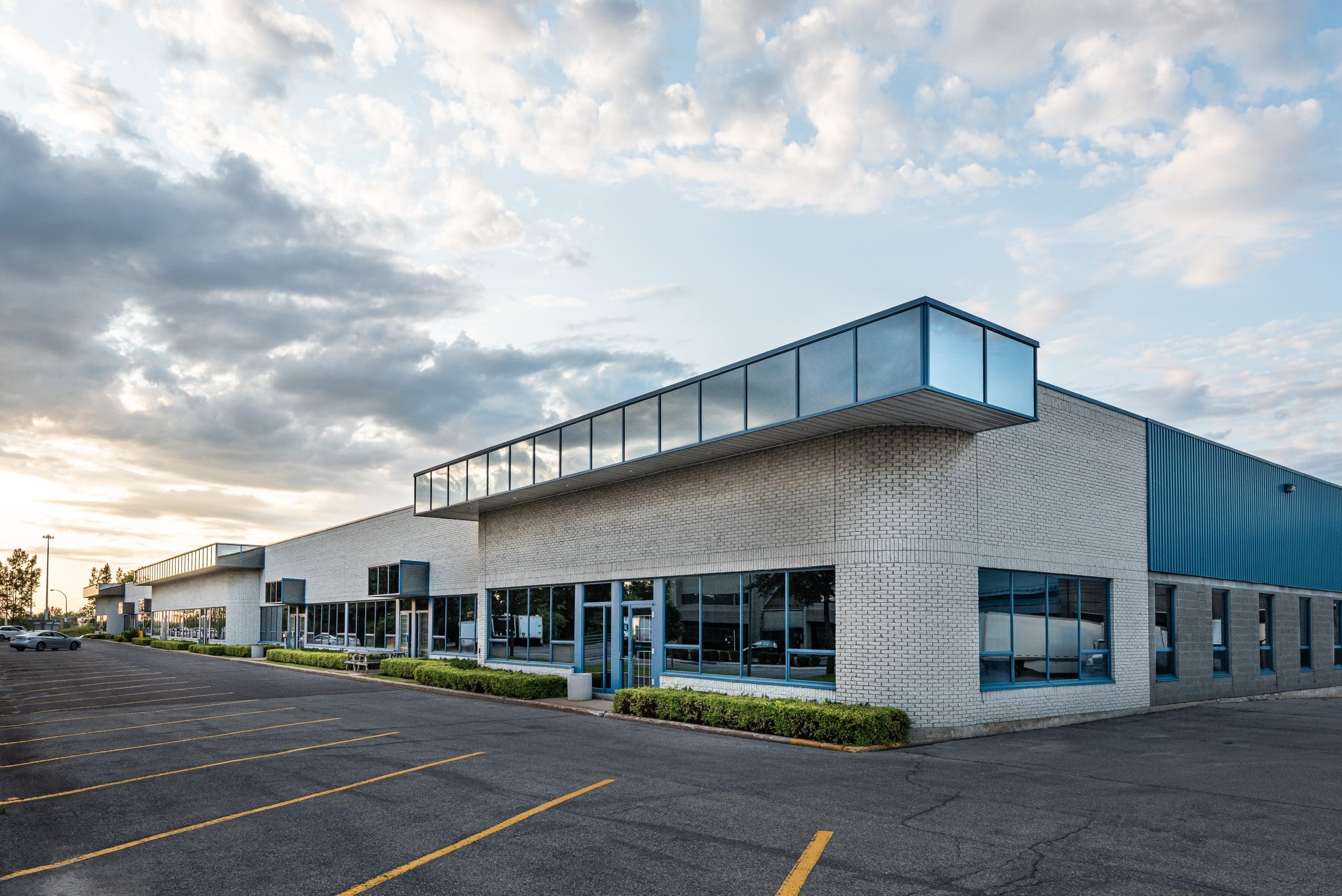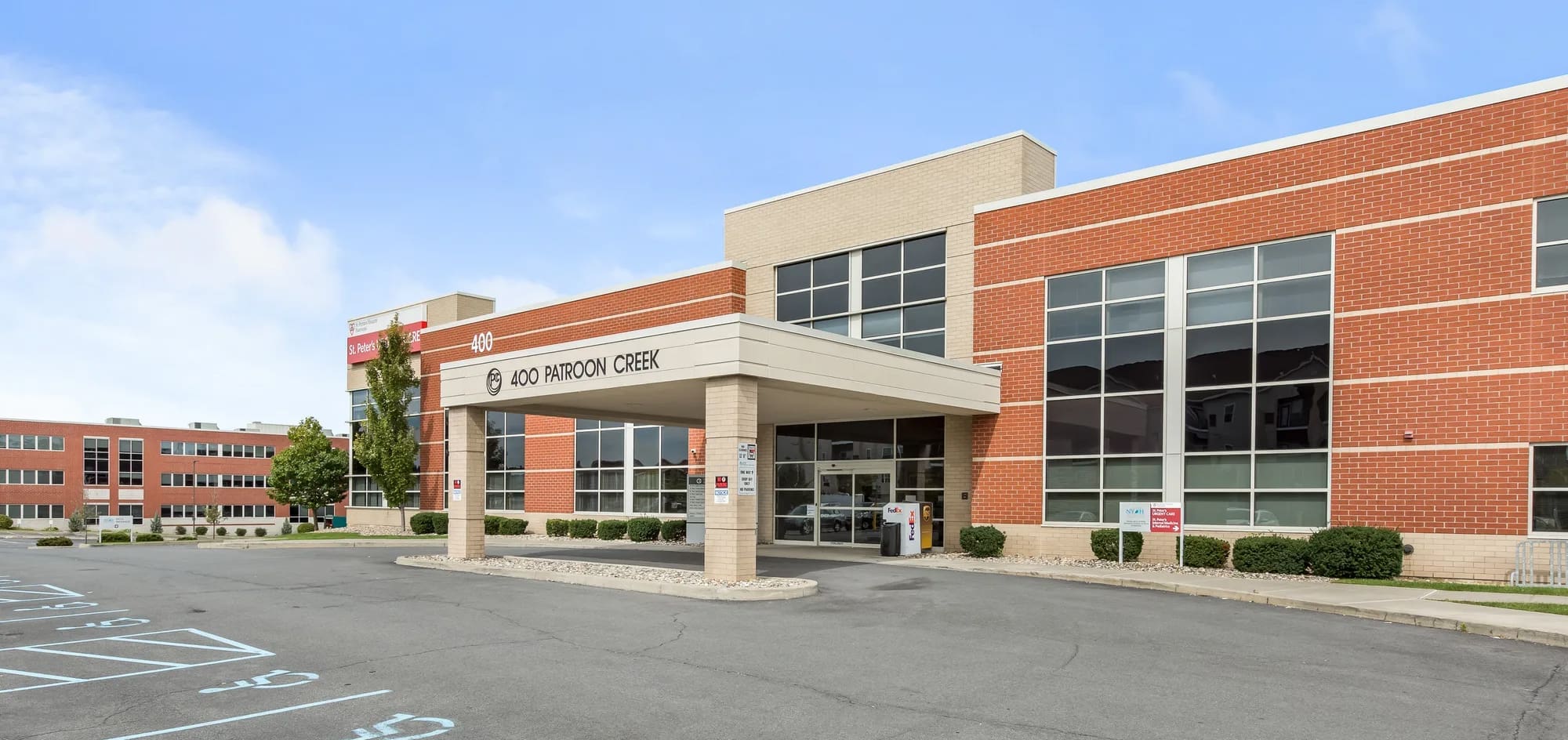When entering the commercial real estate market, understanding the various lease structures is crucial for both landlords and tenants. Each lease type allocates different financial responsibilities between the parties, significantly impacting the overall cost and management obligations. This article examines the most common commercial lease types, their defining characteristics, and what expenses are typically included in each.
Full Service (Gross) Lease
Definition - A full service lease (also called a gross lease) is the most comprehensive and tenant-friendly lease structure available in commercial real estate.
What's Included
- Base Rent: A fixed monthly payment
- Property Taxes: Paid by the landlord
- Insurance: Building insurance covered by landlord
- Utilities: Usually included (electric, water, gas, etc.)
- Common Area Maintenance (CAM): Fully covered by landlord
- Janitorial Services: Typically included
- Building Repairs and Maintenance: Landlord's responsibility
Key Considerations
- Simplicity of budgeting for tenants with predictable, all-inclusive costs
- Higher base rent compared to other lease types
- May include expense "stops" that transfer cost increases above a certain threshold to the tenant
- Common in office buildings, particularly in downtown/CBD locations
- Limited transparency on actual operating costs
Sample Clause
"Landlord shall pay for all real estate taxes, insurance, utilities, janitorial services, and maintenance costs associated with the Premises and the Building. Tenant shall pay only the Base Rent as specified in Section X."
Modified Gross Lease
Definition - A modified gross lease represents a middle ground between full service and triple net leases, with certain expenses shared between landlord and tenant.
What's Included
- Base Rent: Fixed monthly payment
- Property Taxes: Usually landlord's responsibility
- Insurance: Building insurance typically covered by landlord
- Utilities: Often split, with tenant paying for their consumption
- Common Area Maintenance: May be shared or allocated based on square footage
- Janitorial Services: Tenant typically responsible for own space, landlord for common areas
- Building Repairs: Major repairs handled by landlord; minor tenant space repairs by tenant
Key Considerations
- More cost-effective base rent than full service leases
- Greater expense predictability than NNN leases
- Terms highly negotiable and can vary significantly between properties
- Common in suburban office buildings and mixed-use properties
- Important to clearly define which expenses fall to each party
Sample Clause
"Landlord shall be responsible for real estate taxes, building insurance, and structural repairs. Tenant shall be responsible for utilities consumed within the Premises, janitorial services for the Premises, and minor repairs within the Premises. Common Area Maintenance costs shall be allocated to Tenant based on its pro-rata share of the Building's total leasable area."

Triple Net (NNN) Lease
Definition - A triple net (NNN) lease requires tenants to pay a base rent plus their proportionate share of the three "nets": property taxes, insurance, and common area maintenance.
What's Included
- Base Rent: Lower fixed monthly payment
- Property Taxes: Tenant pays proportionate share
- Insurance: Tenant pays proportionate share of building insurance
- Utilities: Tenant pays own consumption
- Common Area Maintenance: Tenant pays proportionate share
- Janitorial Services: Tenant responsibility
- Building Repairs: Major structural repairs typically landlord's responsibility; everything else tenant's
Key Considerations
- Significantly lower base rent than full service or modified gross leases
- Tenant bears risk of fluctuating operating expenses
- Requires more complex budgeting with variable monthly costs
- Common in retail centers, industrial properties, and single-tenant buildings
- Typically structured as "base year" or "expense stop" formats
- Proportionate share usually calculated by tenant's percentage of total building square footage
Sample Clause
"In addition to Base Rent, Tenant shall pay its Proportionate Share (X%) of (1) Real Estate Taxes, (2) Building Insurance, and (3) Common Area Maintenance expenses ('Additional Rent'). Landlord shall provide Tenant with an annual estimate of Additional Rent, payable in monthly installments, subject to reconciliation at fiscal year-end."
Modified Net Lease
Definition - A modified net lease typically requires the tenant to pay some, but not all, of the expenses that would be included in a triple net lease.
What's Included
- Base Rent: Fixed monthly payment, higher than NNN but lower than gross
- Property Taxes: Often tenant's responsibility
- Insurance: May be split or assigned to either party
- Utilities: Typically tenant's responsibility
- Common Area Maintenance: Often partially tenant's responsibility or capped
- Janitorial Services: Usually tenant's responsibility
- Building Repairs: Major repairs by landlord; minor repairs by tenant
Key Considerations
- More balanced risk allocation than pure NNN or gross leases
- Less expense fluctuation risk than triple net
- Terms highly customizable based on negotiation
- Important to specifically identify which "nets" the tenant is responsible for
- Common in multi-tenant office buildings and mixed-use developments
Sample Clause
"Tenant shall pay Base Rent plus its Proportionate Share of Real Estate Taxes and Utilities. Landlord shall be responsible for insurance, structural repairs, and Common Area Maintenance expenses up to $X per square foot per year, after which Tenant shall pay its Proportionate Share of any excess costs."

Ground Lease
Definition - A ground lease is a long-term lease (typically 50-99 years) in which a tenant rents land only and constructs their own building or improvements.
What's Included
- Land Rent: Payment for use of the land only
- Property Taxes: Usually tenant's responsibility
- Insurance: Tenant fully responsible for all insurance
- Utilities: Tenant fully responsible
- Improvements: Tenant responsible for constructing and maintaining all buildings and site improvements
- Compliance: Tenant responsible for all code compliance and permits
Key Considerations
- Extremely long terms (50+ years) to justify tenant's capital investment
- Typically triple net in nature with tenant bearing virtually all expenses
- Often includes reversion of improvements to landlord at lease end
- May include purchase options or predetermined rent increases
- Common for retail pad sites, hotels, and special-purpose buildings
- May include subordination clauses regarding financing
- Creates leasehold interest that can be financed, sold, or subleased
Sample Clause
"Tenant shall lease the Land for the purpose of constructing and operating [specific use]. Tenant shall be responsible for all costs associated with development, including permits, construction, utilities, taxes, insurance, and maintenance. All improvements shall revert to Landlord at the expiration of the Lease Term."
Absolute Net Lease
Definition - An absolute net lease (sometimes called a "bondable lease") is the most landlord-friendly lease structure, where the tenant bears virtually all expenses and risks associated with the property.
What's Included
- Base Rent: Fixed monthly payment
- Property Taxes: 100% tenant responsibility
- Insurance: Complete tenant responsibility, including structural
- Utilities: Tenant responsibility
- Maintenance: All maintenance tenant responsibility, including roof, structure, and systems
- Repairs: All repairs including major structural elements
- Compliance: All building code and regulation compliance
Key Considerations
- Tenants take on maximum risk, including structural issues and capital expenditures
- Common in single-tenant retail with credit tenants (like fast food chains, pharmacies, banks)
- Provides completely passive income stream for landlords
- Often paired with longer lease terms (15+ years)
- Rent typically increases at predetermined intervals
- May include provisions for rebuilding in case of casualty
Sample Clause
"Tenant shall be responsible for any and all costs, expenses, obligations, and liabilities of every kind and nature whatsoever relating to the Premises, including but not limited to structural elements, roof, foundation, and all capital expenditures. Landlord shall have no obligation to provide any services or pay any costs, expenses, obligations or liabilities attributable to the Premises."
Percentage Lease
Definition - A percentage lease combines a base rent with additional rent calculated as a percentage of the tenant's gross sales, commonly used in retail settings.
What's Included
- Base Rent: Lower fixed monthly payment (may be called "minimum rent")
- Percentage Rent: Additional payment based on a percentage of gross sales above a predetermined threshold
- Operating Expenses: Varies widely (can be structured as gross, modified gross, or NNN)
- Reporting Requirements: Tenant must provide regular sales reports
Key Considerations
- Aligns landlord interests with tenant success
- Common in shopping centers, malls, and retail properties
- Percentage typically ranges from 5-10% depending on business type
- Usually includes a "breakpoint" sales threshold before percentage kicks in
- May exclude certain revenue streams from percentage calculations
- Often requires audit rights for landlord
- May include "kick-out" clauses if sales don't reach certain levels
Sample Clause
"In addition to Base Rent, Tenant shall pay Percentage Rent equal to X% of Gross Sales exceeding the Natural Breakpoint (Annual Base Rent divided by X%). Tenant shall provide monthly sales reports and annual certified statements of Gross Sales."
Negotiation Considerations
When negotiating a commercial lease, regardless of type, consider:
- Expense Caps: Limiting annual increases in operating expenses
- Audit Rights: Ability to review landlord's expense calculations
- Exclusions: Certain costs that should be excluded from pass-through expenses
- Capital Improvements: How major building upgrades are amortized and allocated
- Base Year: Establishing a fair starting point for expense comparisons
- Expense Stops: Setting thresholds above which expenses are shared
- HVAC Hours: Defining standard operating hours and additional costs
- Measurement Method: How square footage is calculated (BOMA standards)
Conclusion
The type of commercial lease you select will significantly impact both immediate costs and long-term financial obligations. For tenants, understanding these distinctions is crucial for accurate budgeting and expense forecasting. For landlords, the lease structure affects everything from property valuation to day-to-day management responsibilities.
While industry standards exist for each lease type, many terms remain negotiable. The best lease structure ultimately depends on market conditions, property type, tenant financial strength, and the risk tolerance of both parties. Expert legal and commercial real estate guidance is essential before committing to any commercial lease agreement.
Be sure to scroll down and check out the table for key takeaways!


